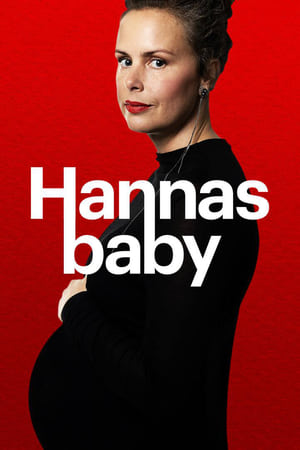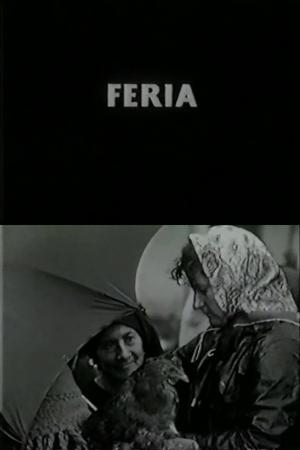Bums and Dogs

Skitnice i psi
HomePage
Overview
A hotel in the centre of town is a war-time home and refuge for many of Sarajevo's homeless people. Every morning they leave the hotel and wander around the destroyed city gathering again at the defunct hotel in the afternoon. This film follows their separate fates through the bitter comparing of images of the bums with those of dogs abandoned by their owners and now left et the mercy of the war ravaged streets of Sarajevo.
Release Date
1993-05-31
Average
0
Rating:
0.0 startsTagline
Genres
Languages:
BosanskiKeywords
Similar Movies
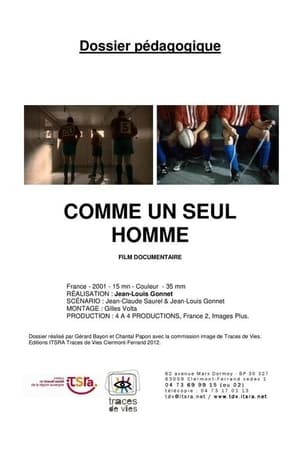 0.0
0.0All for One(fr)
In a closed locker room, rugby players perform the last pre-match rituals. Warming up their souls and bodies, all tense in anticipation of the fight.
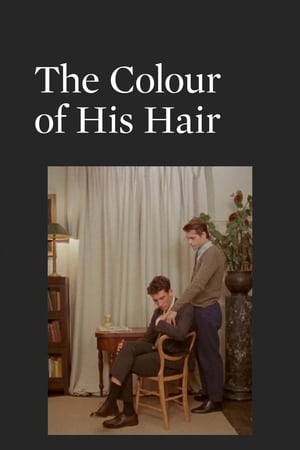 6.4
6.4The Colour of His Hair(en)
Based on an unrealized film script written in 1964 for The Homosexual Law Reform Society, a British organisation that campaigned for the decriminalization of homosexual relations between men, "The Colour Of His Hair" merges drama and documentary into a meditation on queer life before and after the partial legalization of homosexuality in 1967.
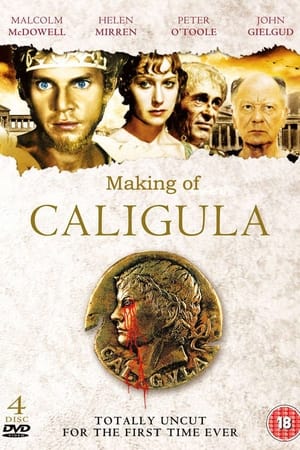 2.0
2.0A Documentary on the Making of 'Gore Vidal's Caligula'(en)
A Documentary on the Making of 'Gore Vidal's Caligula'
 0.0
0.0Princess Ball Gown(tr)
Wedding rituals grounded on non-verbal social agreements represent the perception of society in general. Wedding dress is a symbolic part of these rituals. The process that a wedding dress has went through can be considered as an embodiment of the formation of women identity in society. Like most of the women, wedding dressmakers also dream of being a princess once they wear their wedding dress. On the other hand, dressmakers are certainly aware of the fact that they promote the already existing image of women in society because of their job. While they also recognise the truth is way different.
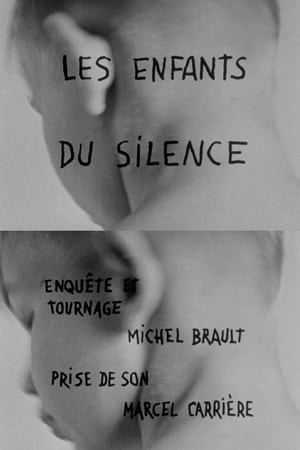 6.0
6.0Children of Silence(fr)
This film looks at the world of children with hearing loss and the importance of early diagnosis. With its straightforward, rigorous cinematic style and intimate approach to the subject, the film focuses on the human rather than the technical side of the problem of hearing impairment.
Loucura e Cultura(pt)
Documentary with fragments and records about the boundaries between art and counterculture, based on a debate held at the Museum of Modern Art, Rio de Janeiro, in October 1968.
Silversun Pickups: Behind Better Nature(en)
A story about friendship, independence and the making of a record. Silversun Pickups deconstruct the making of their latest record “Better Nature” while starting their own record label.
A Good Night in the Ghetto(en)
Kamaiyah, a rapper from East Oakland takes you on a trip in her world the only way she knows how.
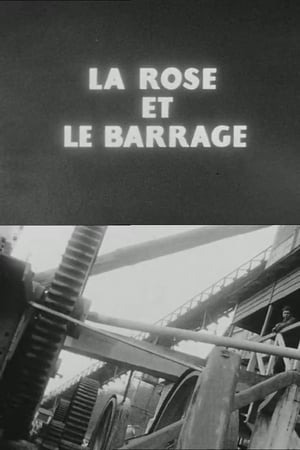 5.0
5.0La Rose et le Barrage(fr)
A parallel montage of the construction of a dam in Galicia and the architecture of a small Roman-style church.
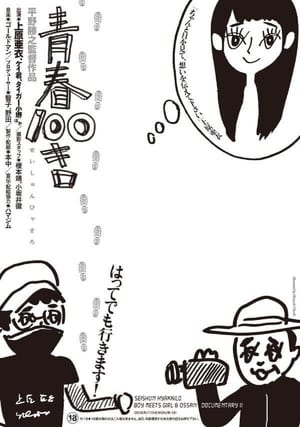 6.0
6.0Youth 100 Kilometers(ja)
The retirement movie for adult film actress Ai Uehara, directed by Katsuyuki Hirano. A big fan of Ai Uehara have to go on a 100-kilometer marathon to have sex with her.
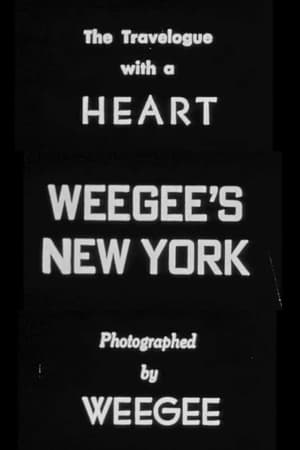 0.0
0.0Weegee's New York(en)
The best known, "Weegee's New York" (1948), presents a surprisingly lyrical view of the city without a hint of crime or murder. Already this film gives evidence, here very restrained, of Weegee's interest in technical tricks: blur, speeded up or slowed-down film, a lens that makes the city's streets curve as if cars are driving over a rainbow. - The New York Times
Beauty Factory(en)
From oratory classes to operating room, Beauty Factory follows five girls for four months as they compete for the coveted Miss Venezuela crown; revealing the process that has won Venezuela more international beauty pageants than any other country.
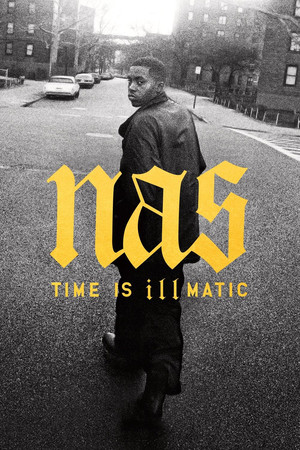 7.0
7.0Nas: Time Is Illmatic(en)
Time Is Illmatic is a feature length documentary film that delves deep into the making of Nas' 1994 debut album, Illmatic, and the social conditions that influenced its creation.
The New Man(en)
A creative documentary about becoming a parent... and how to reconceive yourself. Fiction director Josh Appignanesi turns the camera on himself and his wife as they undergo the ordeal of becoming parents in the era of man-children and assisted reproduction. Faced with fatherhood, Josh spirals comically into an envious career funk. But life-threatening complications emerge- the couple are tested to the brink, confronting shattering losses. It's a portrait of our generation going through a revolution in reproduction- forced to find new ways to think about ourselves as creative beings. We hear from Slavoj Žižek, John Berger, Darian Leader (20,000 Days) and Zadie Smith. Universal yet still taboo, it's a film for everyone who has children, wants them, or still feels like a child themselves.
 9.0
9.0Whose Country?(en)
A young Egyptian filmmaker recounts his interaction with a group of plainclothes policemen while grappling with issues of guilt and morality.
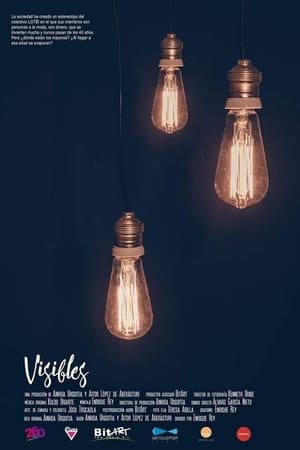 0.0
0.0Visibles(es)
Society has created a stereotype of the LGTBQ collective in which its members are young people who are fashionable, who have money, who have a lot of fun and who never pass the age of forty. But where are the older ones? When they reach that age, do they evaporate? This documentary makes visible a little-discussed topic: old age.
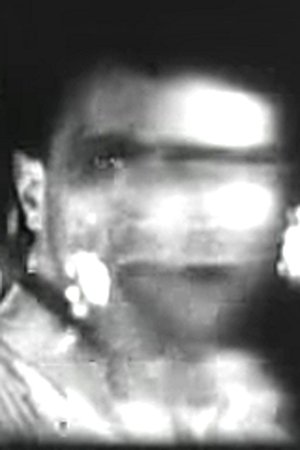 4.8
4.8Around the End of the World(fr)
A short silent documentary on the making of the 1931 Abel Gance directed film, "La Fin du Monde".
